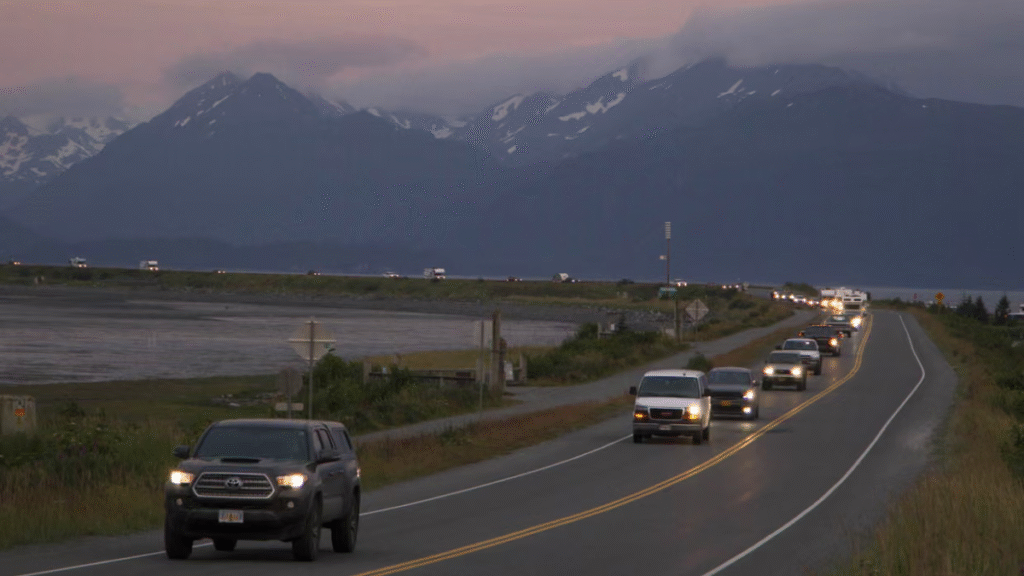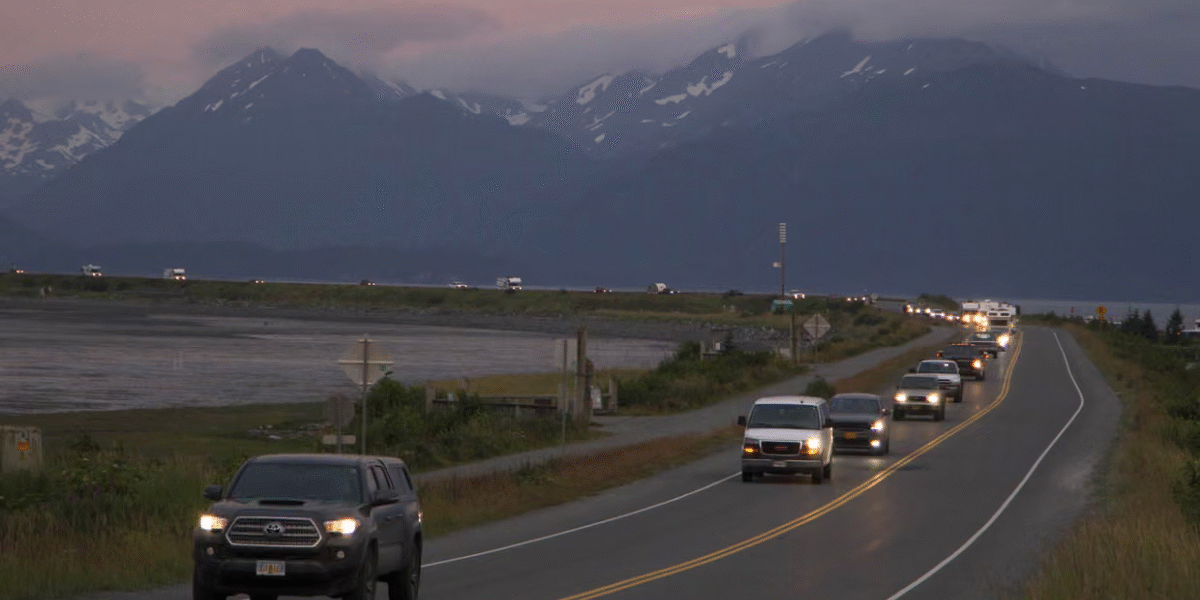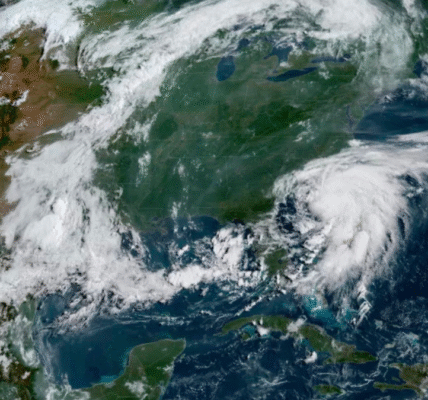Following a powerful 7.3-magnitude earthquake in southern Alaska, authorities issued a tsunami advisory as a precautionary measure:
Following a powerful 7.3-magnitude earthquake:
Alaska — July 17, 2025: A powerful 7.3-magnitude earthquake rocked southern Alaska on Wednesday, prompting authorities to issue a tsunami warning covering large stretches of the state’s coastal regions. Numerous coastal settlements implemented emergency preparations and precautionary evacuations as a result of the earthquake, which was felt widely throughout the region.
A tsunami warning was first issued by the National Oceanic and Atmospheric Administration (NOAA) when the U.S. Geological Survey (USGS) confirmed the earthquake’s magnitude at 7.3. But after more research, that warning was subsequently reduced to a tsunami alert.
What Regions Are Under the Tsunami Advisory?
The advisory covered over 700 miles (1,126 km) of Alaska’s southern coast, from about 40 miles southwest of Homer to Unimak Pass, according to the U.S. Tsunami Warning Center.
Several towns reacted quickly to the advice, despite the area being thinly populated and largely rural. Emergency shelters were set up at nearby elementary and high schools for people who needed to leave inundation zones in Kodiak, one of the most devastated municipalities with about 5,200 residents.
Emergency Alerts and Preliminary Tsunami Forecasts
SSand Point, a remote community of around 580 residents located on Popof Island in the Aleutian chain, was identified by NOAA as the potential first location to experience any incoming tsunami waves.Thankfully, Alaska’s Division of Homeland Security and Emergency Management reported no damage or tsunami waves in the region approximately an hour after the earthquake.
Even if there are no outward indications of a tsunami, spokesperson Jeremy Zidek stressed the need for caution:
There have been previous earthquakes in this region that did not result in large tsunami waves. But in order to make sure that every community is informed and prepared to evacuate if needed, we are taking this seriously and adhering to conventional protocols.
Authorities in the 4,100-person fishing hamlet of Unalaska advised inhabitants to evacuate to locations at least 50 feet above sea level or one mile inland. In a similar vein, authorities in King Cove, an 870-person town on the southern Alaska Peninsula, sent out alerts telling locals to evacuate to higher ground.
Hawaii and the mainland United States currently face no risk from the event.
Emergency management personnel kept a tight eye on the situation in Hawaii and along the Pacific Northwest.
Following an analysis of data from DART (Deep-ocean Assessment and Reporting of Tsunamis) buoys, the Washington Emergency Management Division assured the public that Washington state was not at risk of tsunamis.
Oahu Emergency Management also affirmed that Hawaii is not in danger.

more about:
Some citizens of Anchorage, the biggest city in Alaska, were alerted to emergencies. On social media, Anchorage Emergency Management confirmed that the city was not at risk of a tsunami.
Why Earthquakes and Tsunamis Are Common in Alaska
Alaska lies within the Pacific Ring of Fire, a region known globally for its intense seismic and volcanic activity. Because of tectonic plate movement, particularly the Pacific Plate subducting beneath the North American Plate along the Aleutian Trench, the area regularly sees earthquakes.
After significant earthquakes, tsunami warnings and advisories are frequently issued because the Aleutian Islands and southern Alaska are especially vulnerable to large-magnitude earthquakes and possible tsunamis.
What Comes Next?
The warning is still cautious as there have been no significant tsunami waves registered as of yet. The area is still being watched by the U.S. Tsunami Warning Center for any additional marine disturbances or seismic activity.
Residents in coastal areas are being advised by authorities to remain vigilant and heed any safety recommendations from nearby emergency services. Being ready for natural disasters and knowing evacuation routes are essential, particularly in high-risk areas like coastal Alaska.
The significance of being prepared and the unpredictability of natural disasters are underscored by the recent earthquake. The prompt action by Alaska’s disaster management teams emphasizes the need of early warning systems and community preparedness, even though no significant damage or tsunami waves have been reported as of yet.
For the most recent information on earthquake warnings and tsunami activity, go to:
weather.gov/tsunami
earthquake.usgs.gov
On social media, follow the emergency management organization in your area.




